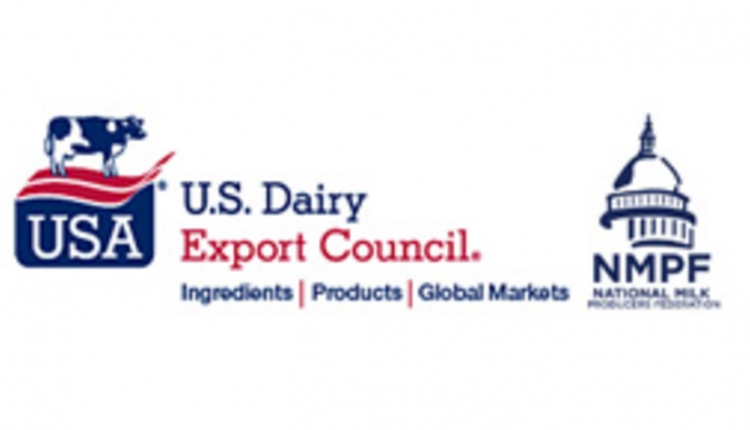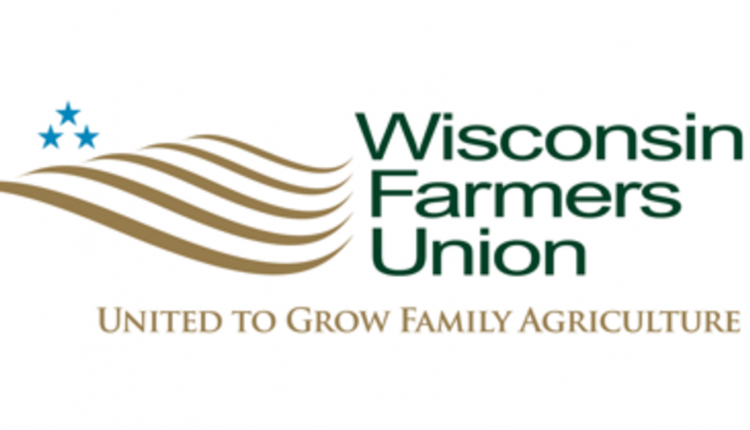As printed in our January 25, 2018 issue . . .
CLASS III FUTURES FELL NEARLY $3 per cwt. over the past six months. In August 2017, February to July 2018 contracts averaged $16.70 on the CME. In early January, that same portfolio traded at $13.90.
WHILE BUTTER TRADED ABOVE $2, spot Cheddar barrels trading slipped to under $1.30 per pound. That was the lowest price since May 2016. World cheese inventories have been running above the previous year’s levels, and worldwide milk production continued to strengthen.
POSITIVE DOMESTIC SALES and limited growth in exports will not be enough to hold up milk prices with a predicted 1.7 percent growth in milk flow, said UW’s Bob Cropp. It now looks like prices could average well below 2017. Class III could improve to $15 in the second half of the year.
MEANWHILE, A $15.20 BENCHMARK was pegged by USDA’s Farm Service Agency. Higher than current Class III contracts, that figure will serve as FSA’s cash-flow planning and loans for the Midwest in early 2018.
U.S. DAIRY EXPORTS CLIMBED 6 PERCENT in November on a volume basis; 8 percent on total value. For the first 11 months of 2017, exports climbed 5 percent on volume and 15 percent on dollar value.
THE U.S. DOLLAR SNAPPED a five-year winning streak, falling 7.5 percent against a basket of 16 other currencies, which bolstered exports.
ORGANIC MILK SALES PEAKED in 2016 at $1.42 billion and have slipped to $1.37 billion this past year based on Nielsen data. With reduced demand, milk payments for dairy farmers fell from $40 per cwt. in 2016 to $27 per cwt., according to Rabobank and The Wall Street Journal.
CALIFORNIA FARMERS OVERWHELMINGLY VOTED in favor of a Quota Implementation Plan, reported the Milk Producers Council’s Geoff Vanden Heuvel. The next move is for USDA to publish a final proposed federal order for California . . . followed by a producer vote.
A LONG-STANDING BST-AFFIDAVIT RULE could be changed in Wisconsin based on a preliminary discussion at the most recent state ag department meeting. At the moment, a new affidavit must be signed each year. Co-ops and processors would prefer to keep one such copy on file.
CHANGING CONSUMER EXPECTATIONS may alter Europe’s dairy production model, predicted the European Commission. “Besides quality schemes . . . organic milk and milk from cows fed without GM (genetically modified) feed may develop,” predicted the organization.
DAIRY FARM EQUITY REBOUNDED in 2016 after falling the previous year. Equity climbed to $2.2 million or 8.5 percent for the average U.S. dairy, reported USDA’s Agricultural Management Resource Survey. Land and building values accounted for 80 percent of the value.
In your next issue
WHO OWNS “PARMESAN,” “CHEDDAR,” AND “MOZZARELLA”?
If Europe commandeers common cheese names, it could cost U.S. dairy farmers upward of $59 billion in revenue over a 10-year window.
WILL AUTOMATED HEAT DETECTION TECHNOLOGY WORK FOR YOU?
There are many factors to consider before making an investment.
THESE FARMS FEED FOR PRODUCTION.
These four farms from across the country share how they make their different farming systems work for greater productivity and higher quality milk.









